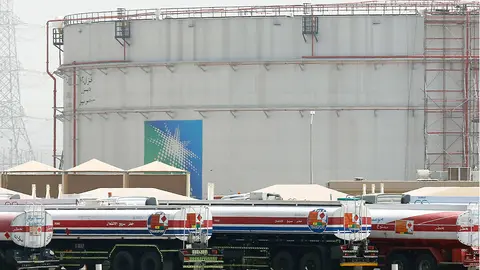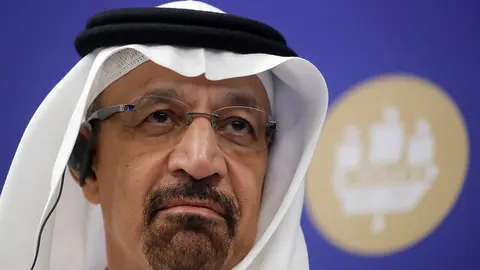Is Saudi Arabia a tourist destination?
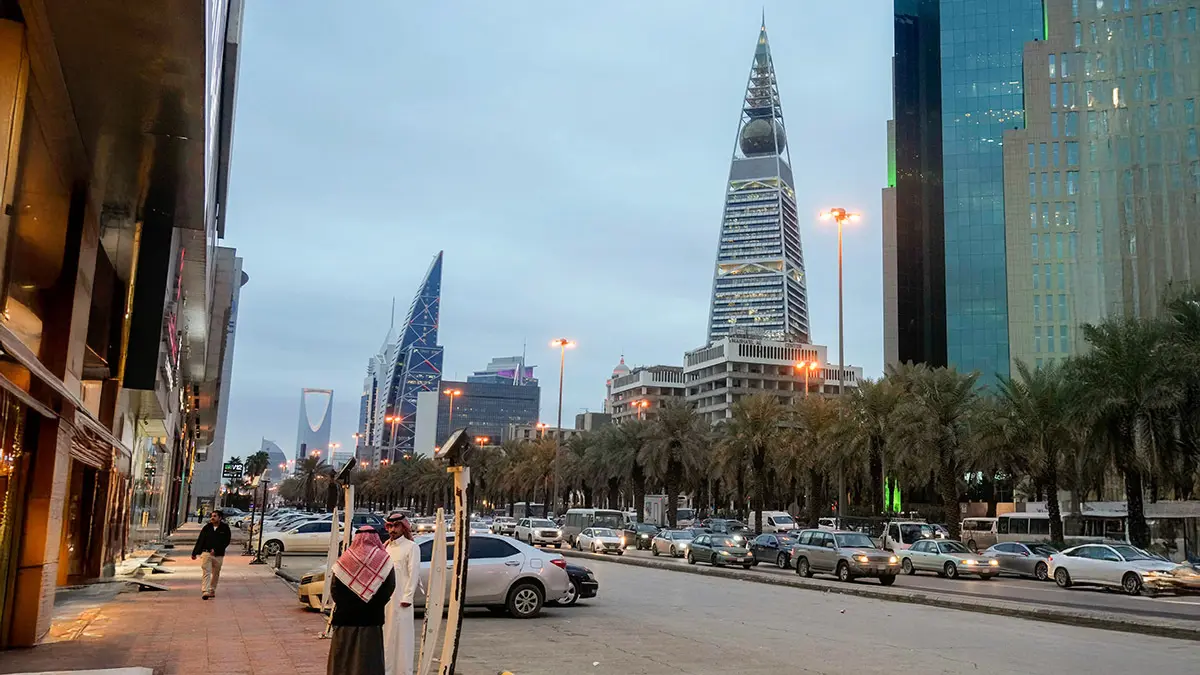
During my travels around the Iberian Peninsula, I have often struck up conversations with Spaniards about the Kingdom of Saudi Arabia, trying to present it as a unique tourist destination worthy of being on any international traveller's itinerary. However, I have often encountered stereotypical perceptions that consider it to be lacking in tourist attractions, or that are influenced by the critical discourse of its detractors on issues such as gender equality and human rights; accusations that, in reality, do not accurately reflect the situation in the country. Surprisingly, many of these conversations ended with a change of opinion and a genuine desire to visit the Kingdom and experience it first-hand.
Anyone who looks closely at the experience of other tourist countries will understand that this industry is not simply a leisure activity, but a real economic lever capable of redefining the productive profile of an entire nation. However, the road to a consolidated tourism sector is fraught with challenges, something I have been able to study and witness first-hand in a paradigmatic success story: Spain.
In the 1950s, Spain was an eminently agricultural economy, but it launched an ambitious tourism strategy that included infrastructure development, improved hotel services and the intelligent promotion of its natural and cultural wealth. Despite challenges such as overcrowding in large cities, rising living costs and environmental pressures, the country was able to tackle them with innovative plans to redistribute visitors, boost domestic tourism and adopt sustainable practices. Today, Spain receives more than 85 million tourists a year, ranks second in the world in terms of visitor numbers and generates more than €90 billion in revenue annually.
For its part, before turning its attention to tourism as part of Vision 2030, Saudi Arabia addressed fundamental issues such as women's empowerment through far-reaching reforms: authorisation to drive, the elimination of male guardianship when travelling, the independent acquisition of passports, incorporation into all areas of work, access to leadership positions and participation in municipal councils; as well as strengthening their legal rights and enacting laws to protect them from violence and discrimination.
In terms of human rights, the Kingdom has taken substantial steps to modernise labour legislation, expand cultural and leisure freedoms, reform the judicial system, eliminate certain corporal punishments and extend legal protection, all with the aim of moving towards modernity without renouncing its national identity. This reformist framework is an essential pillar for opening the country to the world and showcasing its landscapes, cultural diversity, historical heritage and hospitality, which is being renewed without losing its essence.
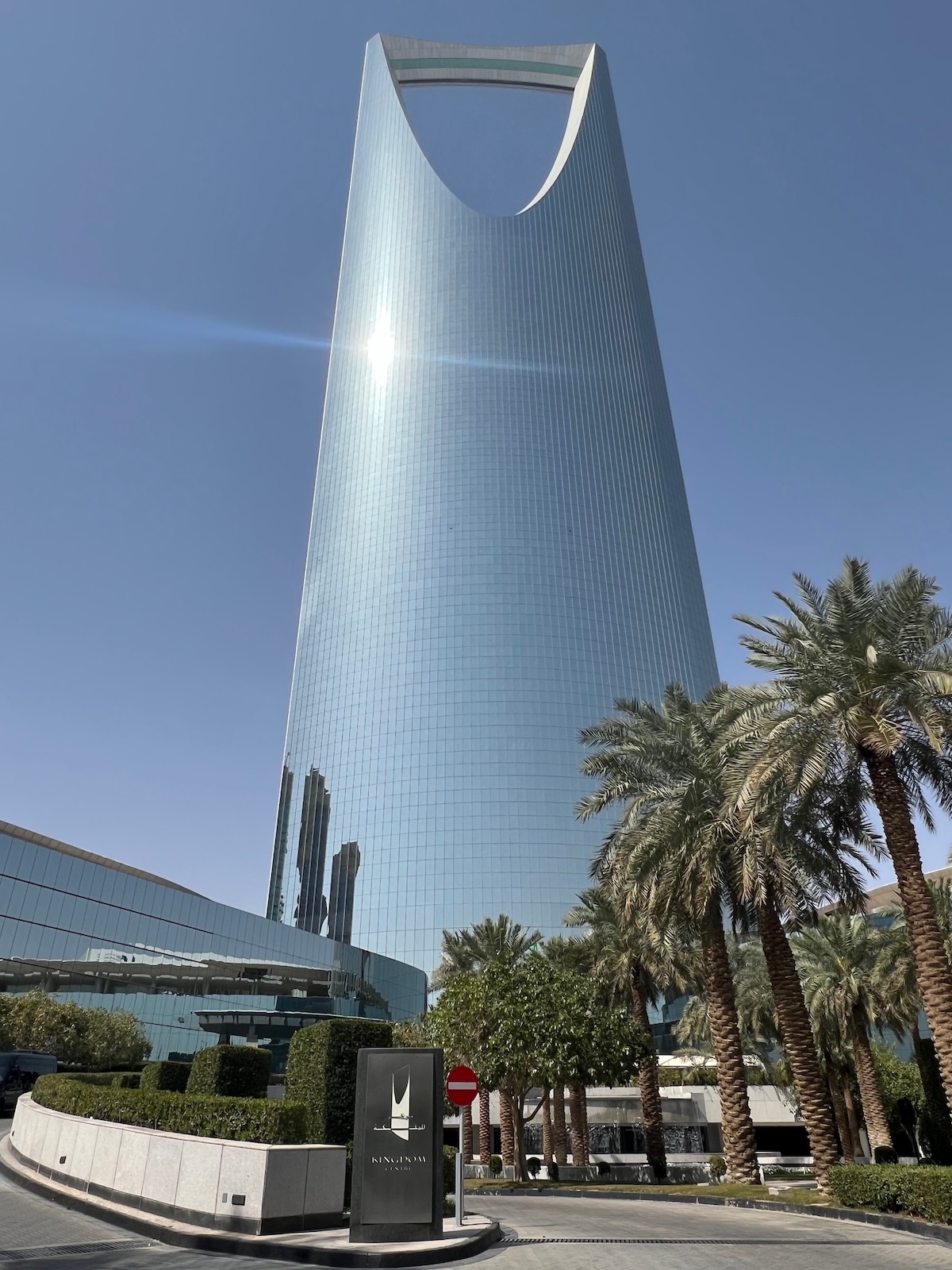
These reforms have led to an unprecedented qualitative leap for Saudi tourism in recent years, in line with the Vision 2030 objective of diversifying the economy beyond oil and strengthening key sectors such as tourism. In 2024, international tourism spending reached 41 billion dollars, with annual growth of 13.8%, bringing the travel balance surplus to 13.28 billion. That same year, the country received 30 million international visitors, 9.5% more than in 2023. The World Travel and Tourism Council (WTTC) highlighted that the sector grew by 32% in 2023, contributing 118.48 billion dollars to GDP—11.5% of the national economy—and generating more than 2.5 million jobs, nearly a fifth of the country's total. Spending by international visitors increased by 57% to 60.64 billion dollars, reflecting the growing appeal of the destination and its rapid consolidation as a global tourism benchmark.
This success is no accident, but the result of colossal projects worth over $1 trillion, including: The Red Sea Project, with 50 luxury resorts spread across 22 islands; the futuristic city of Neom, which will be home to The Line and the Trojena ski resort; Sindalah Island, designed to welcome 2,400 visitors a day by 2028 with an investment of 4 billion; and Qiddiya, an entertainment metropolis with a budget of 9.8 billion.
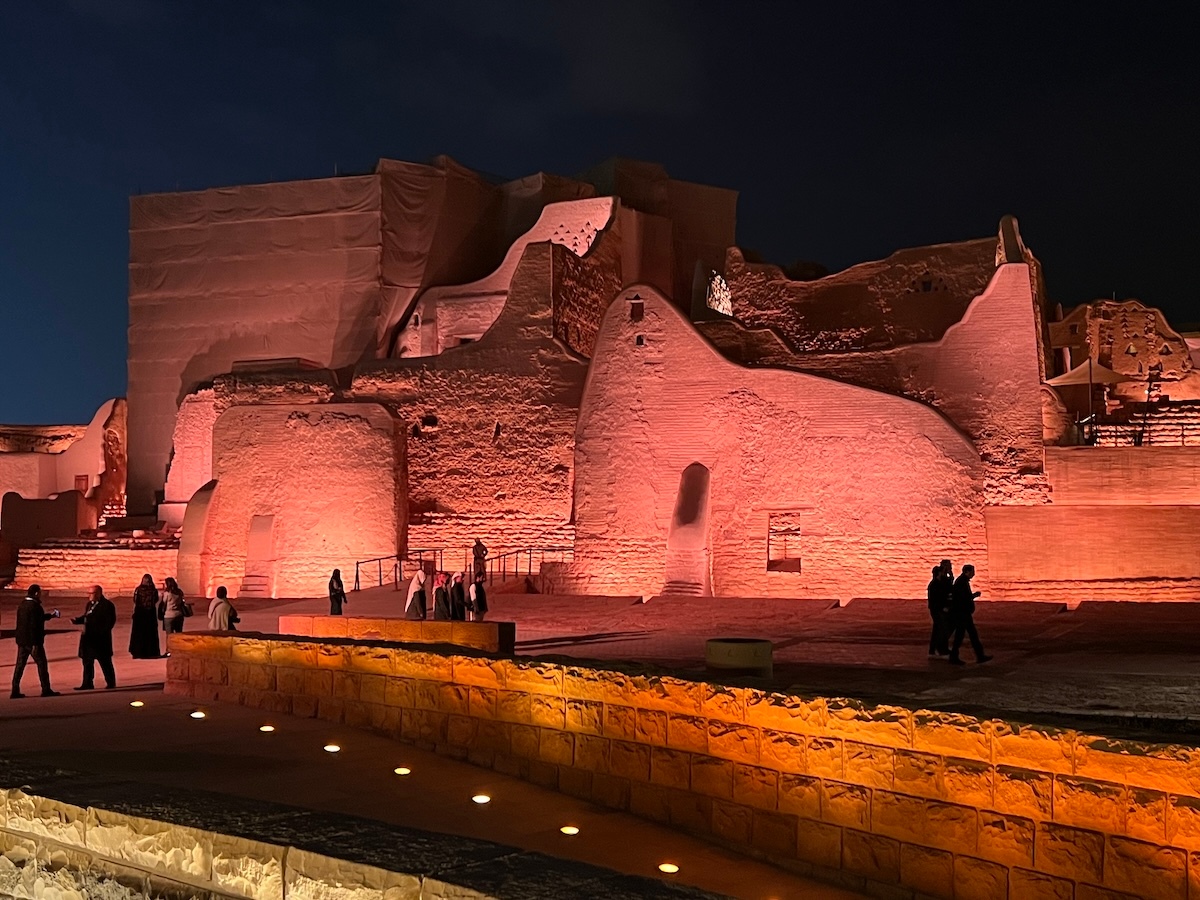
In terms of infrastructure, in 2024 the country had 426,000 hotel rooms, and the proportion of international hotels is expected to rise from 47% to 65%. In 2022 alone, tourism investment reached 12 billion dollars. Proposals include heritage destinations such as Diriyah, the historic district of Al-Balad in Jeddah and Al-Ula, which aims to welcome two million visitors and contribute 32 billion dollars to GDP by 2030, as well as events such as the Tantora Winter Festival. Natural gems include Jebel Fihrayn (Edge of the World), the Red Sea coast and the mountains of Asir.
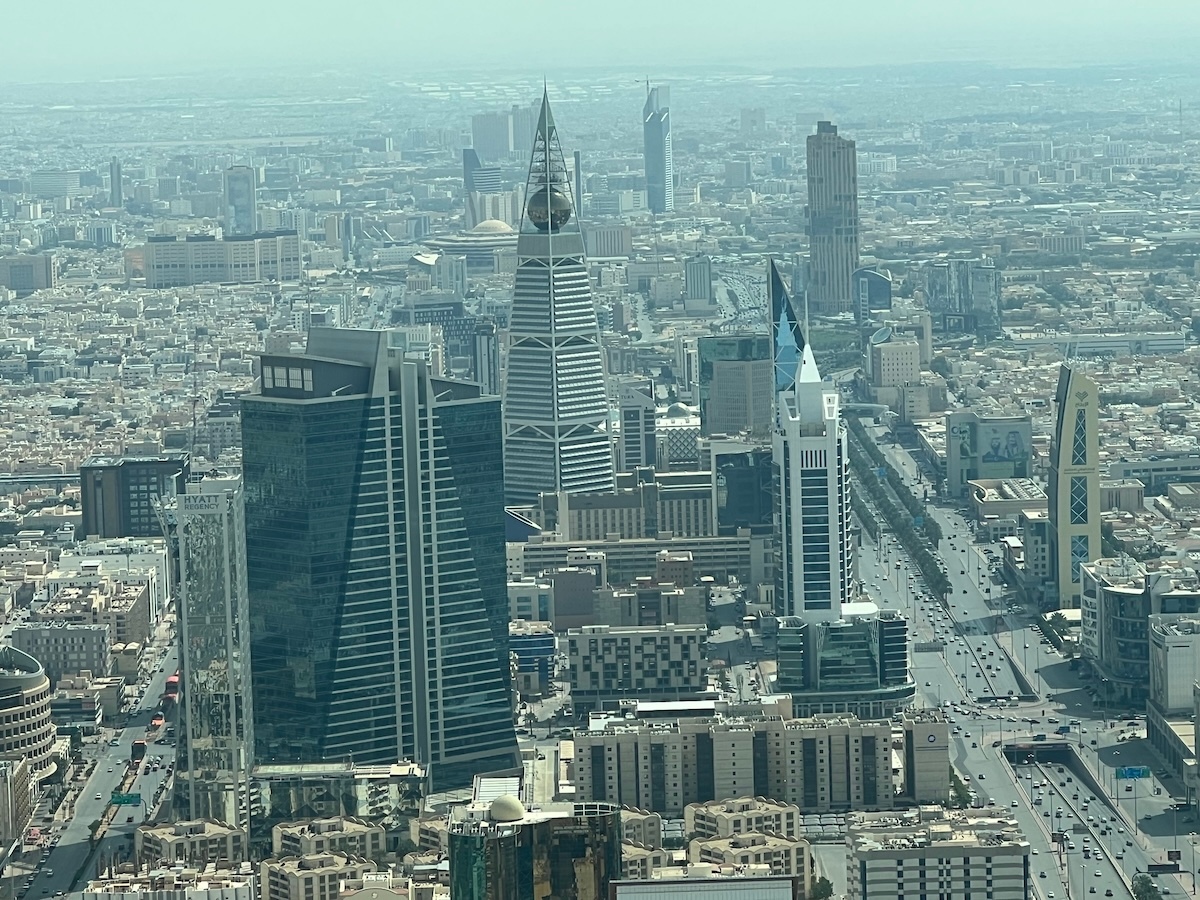
Modern leisure offerings include Boulevard World in Riyadh, which attracted six million people in the 2024 season, and the 30-kilometre-long Jeddah Corniche. These advances are supported by an electronic visa system for 66 countries, intensive promotional campaigns and the development of major cultural and entertainment hubs, consolidating Saudi Arabia as a destination where tradition and innovation coexist in harmony.
However, the figures are only part of the story. The true essence of Saudi tourism is experienced from the first contact with its people: hospitable, generous and friendly, who welcome visitors as members of their own family. I remember when, in December 2024, I accompanied some Spanish friends on a ten-day tour of Riyadh, Hail, Al-Ula and Unaizah. They had an unforgettable time: they shared meals with Saudi families, tasted local dishes and discovered a heritage in Al-Ula that dates back more than 5,000 years.
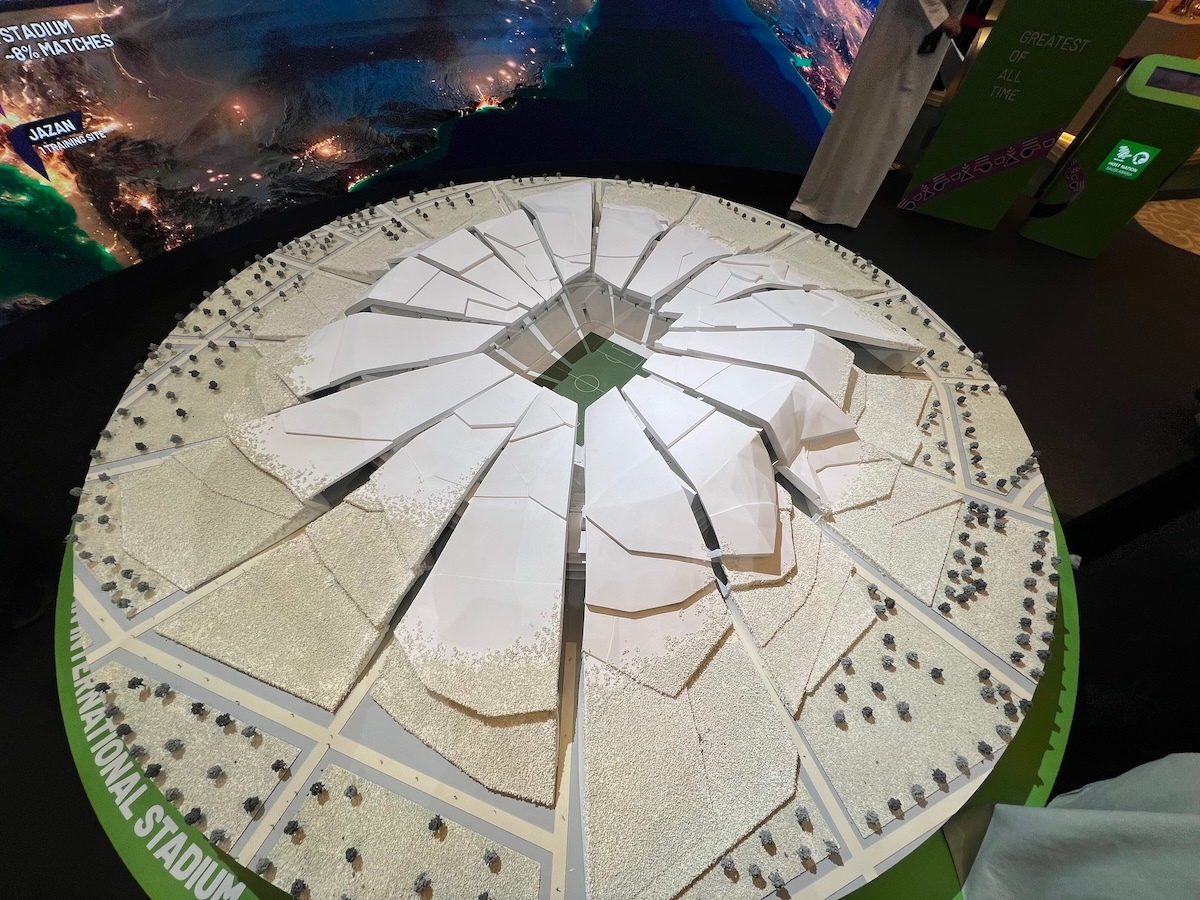
Visiting Saudi Arabia is not simply about getting to know a new country; it is about accepting an invitation to discover a great home inhabited by a people who have mastered the art of hospitality and a land that embraces surprising cultural diversity: from endless deserts to green oases, from modern metropolises to historic villages. I invite Spanish readers to look at the Kingdom with curiosity and neutrality, and to give themselves the opportunity to discover another facet of the Arab world, where authenticity meets modernity in an experience that will remain etched in their memory.
Hassan Alnajrani, journalist and academic


